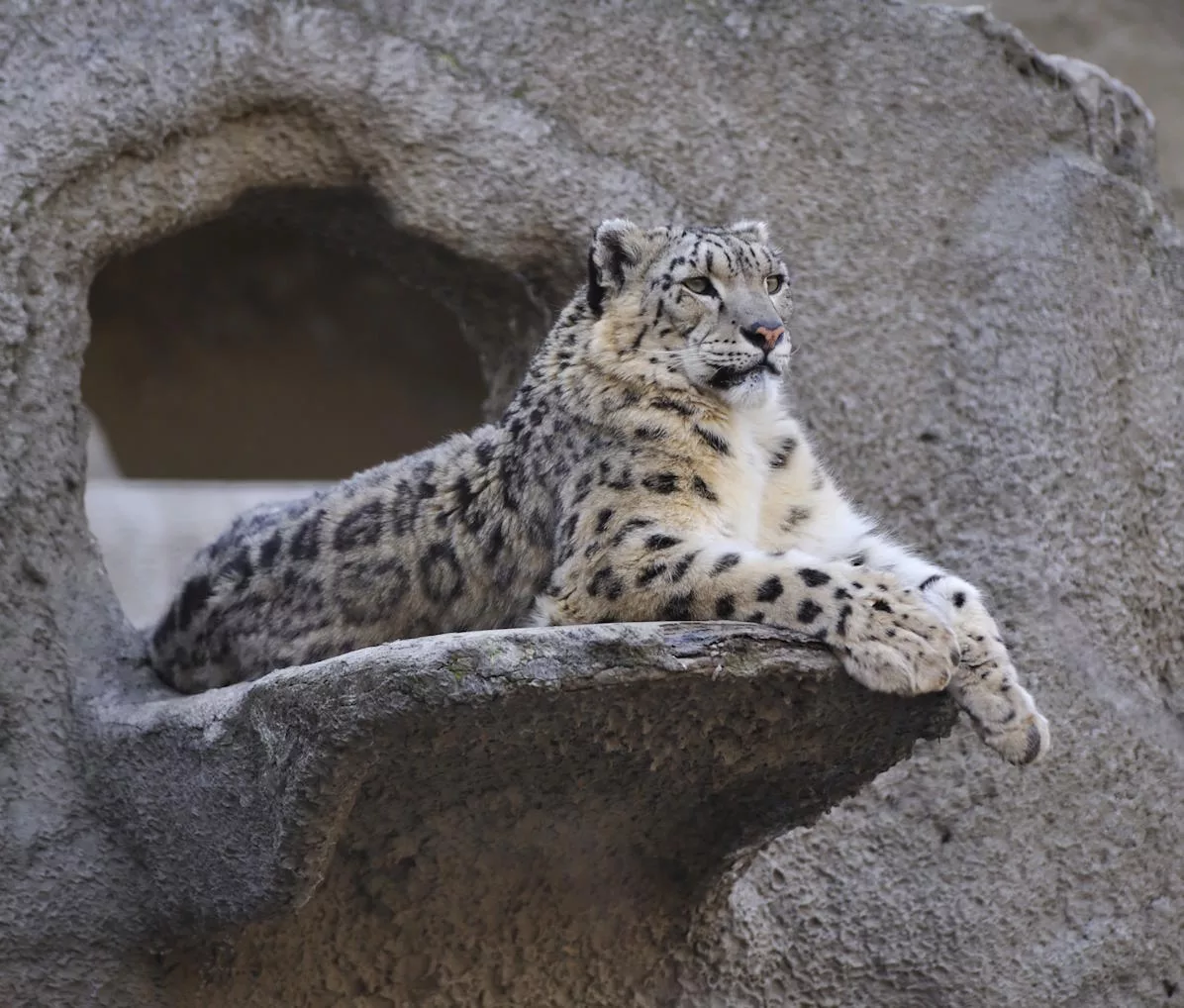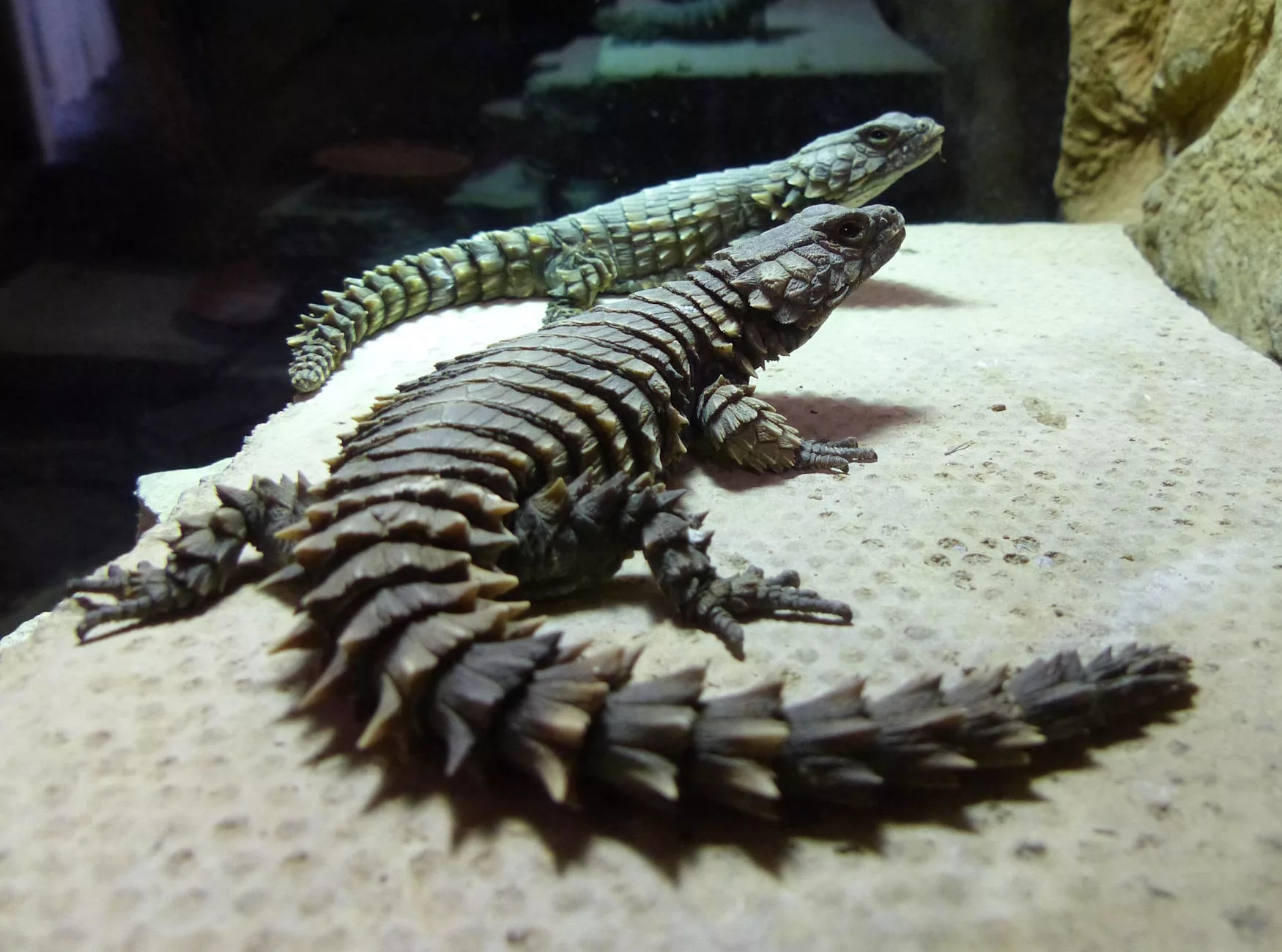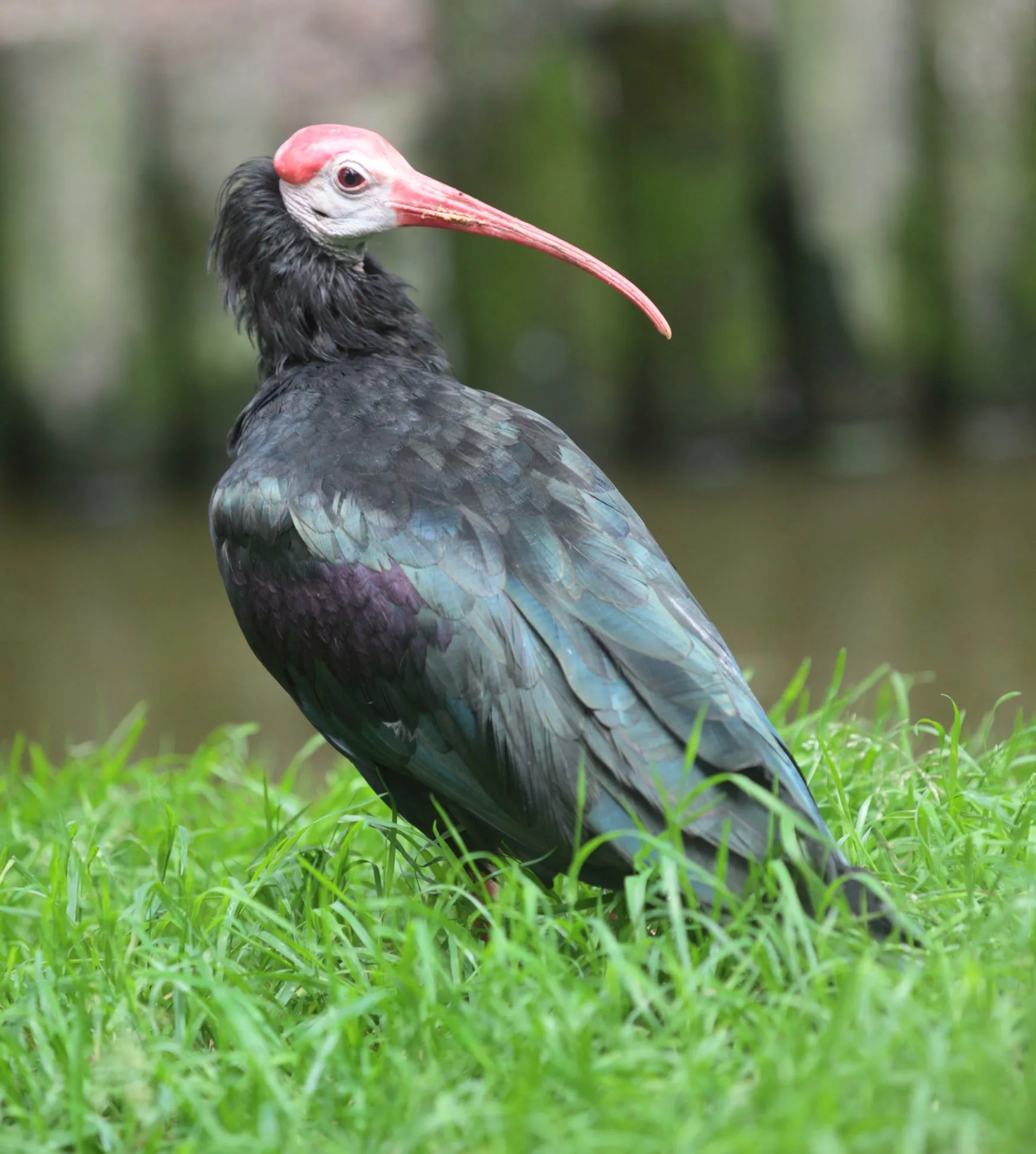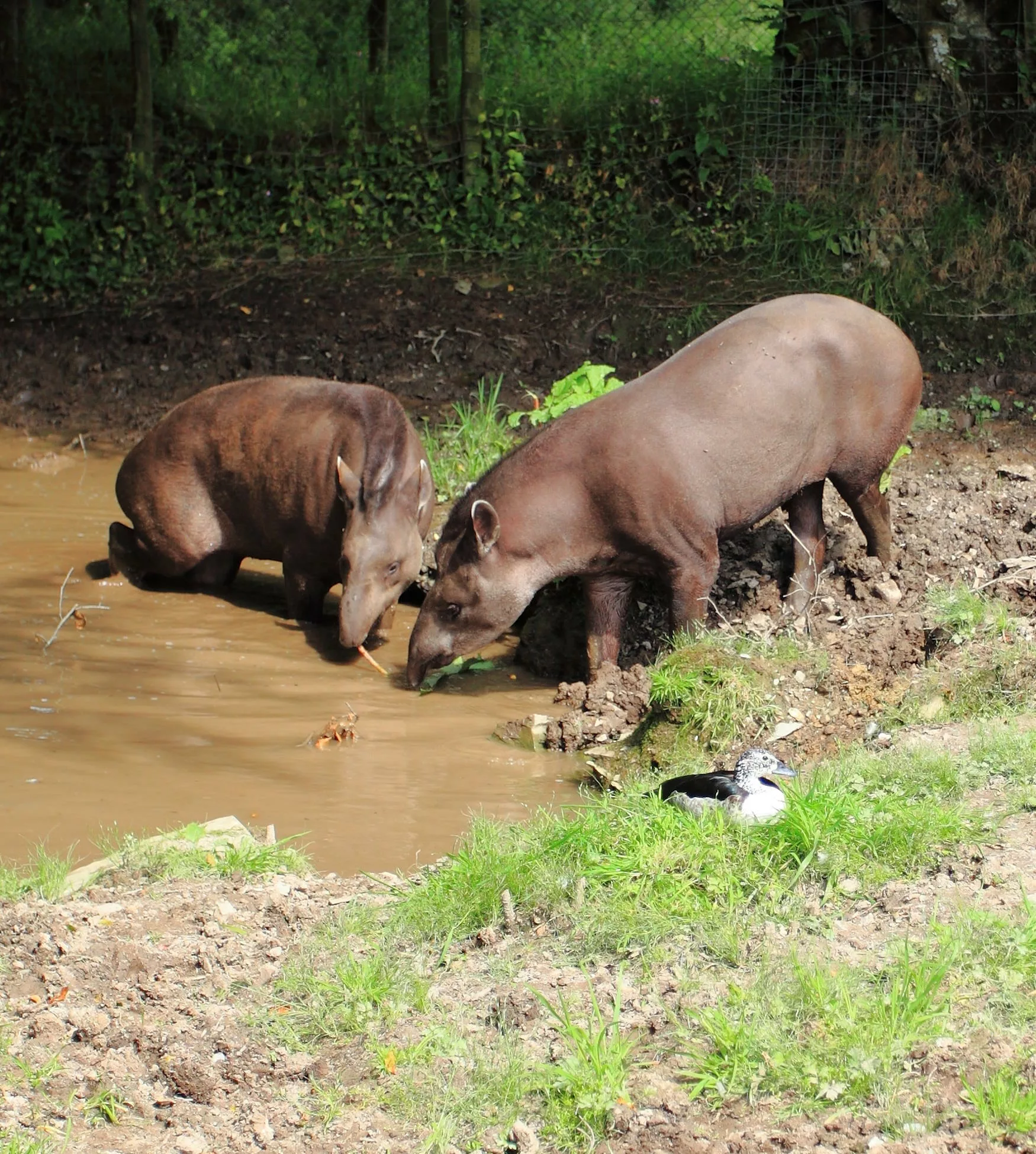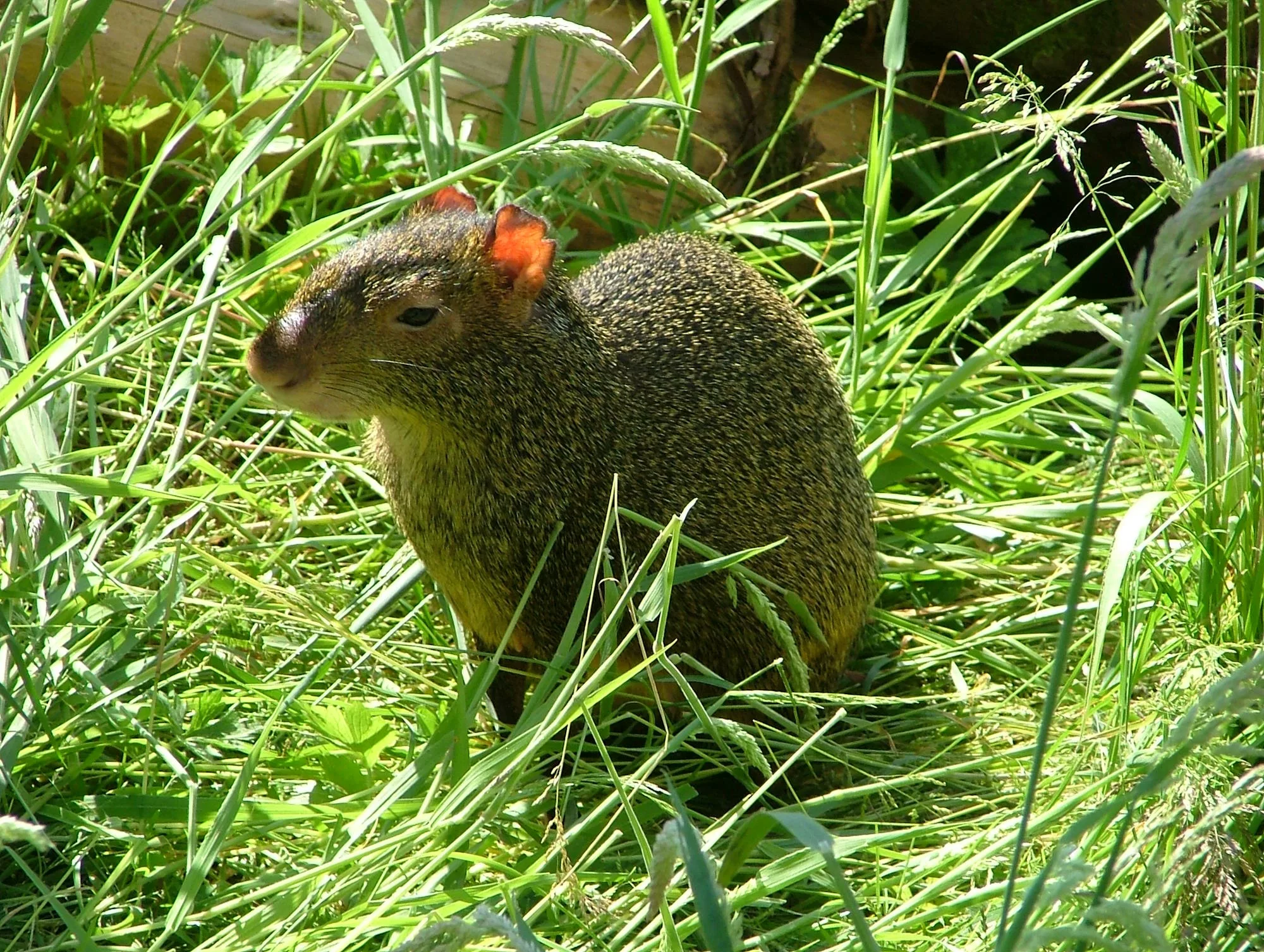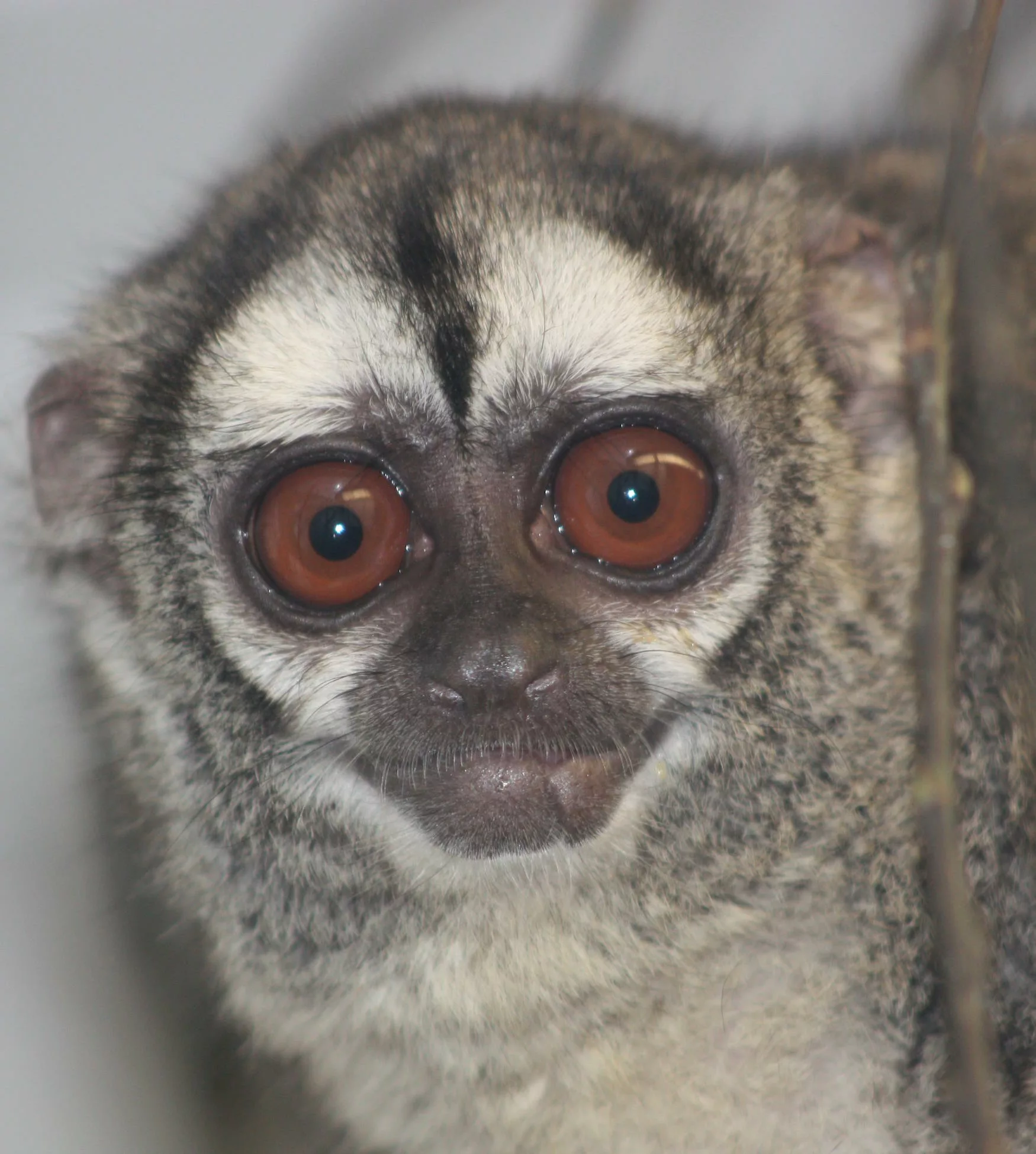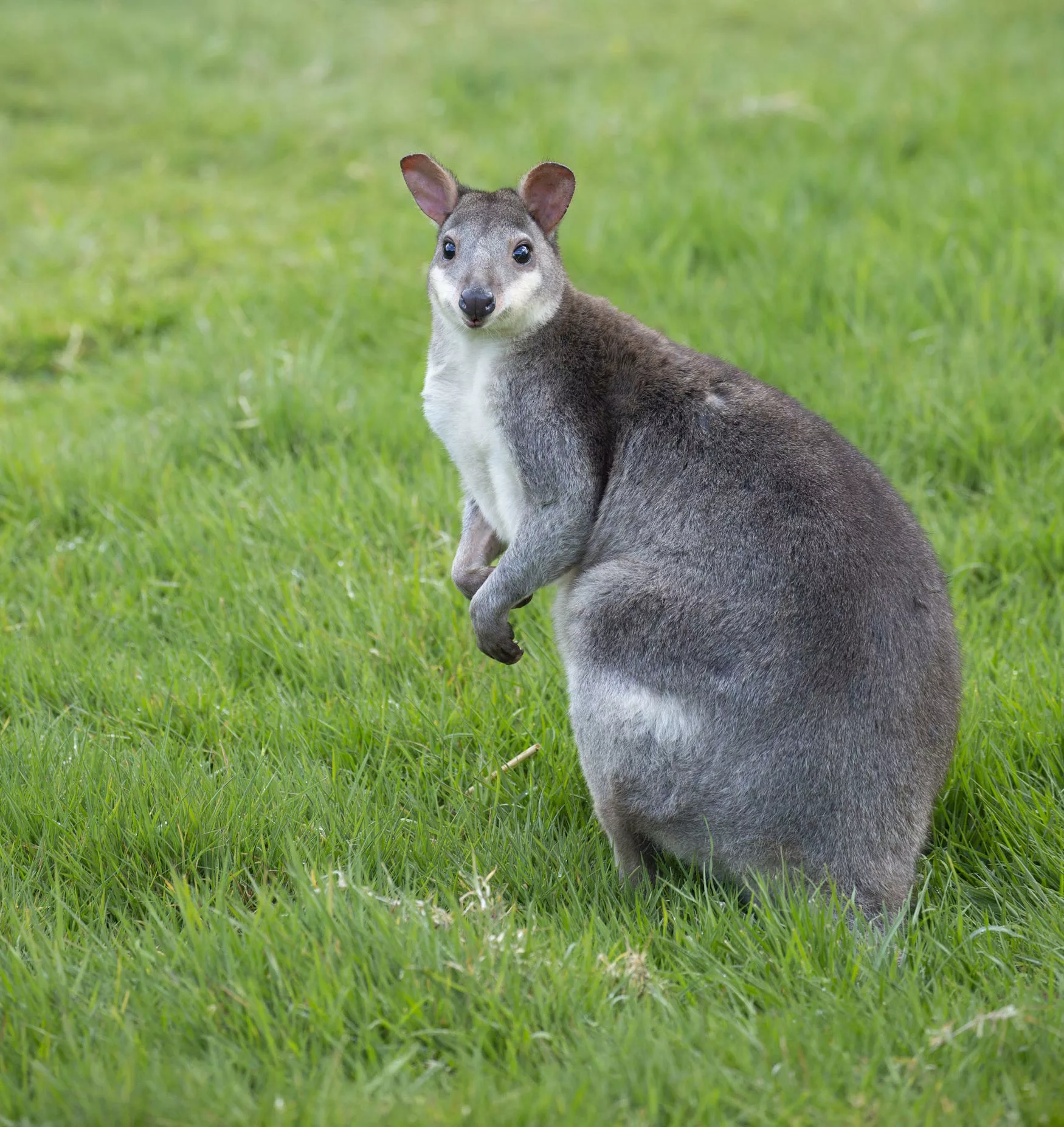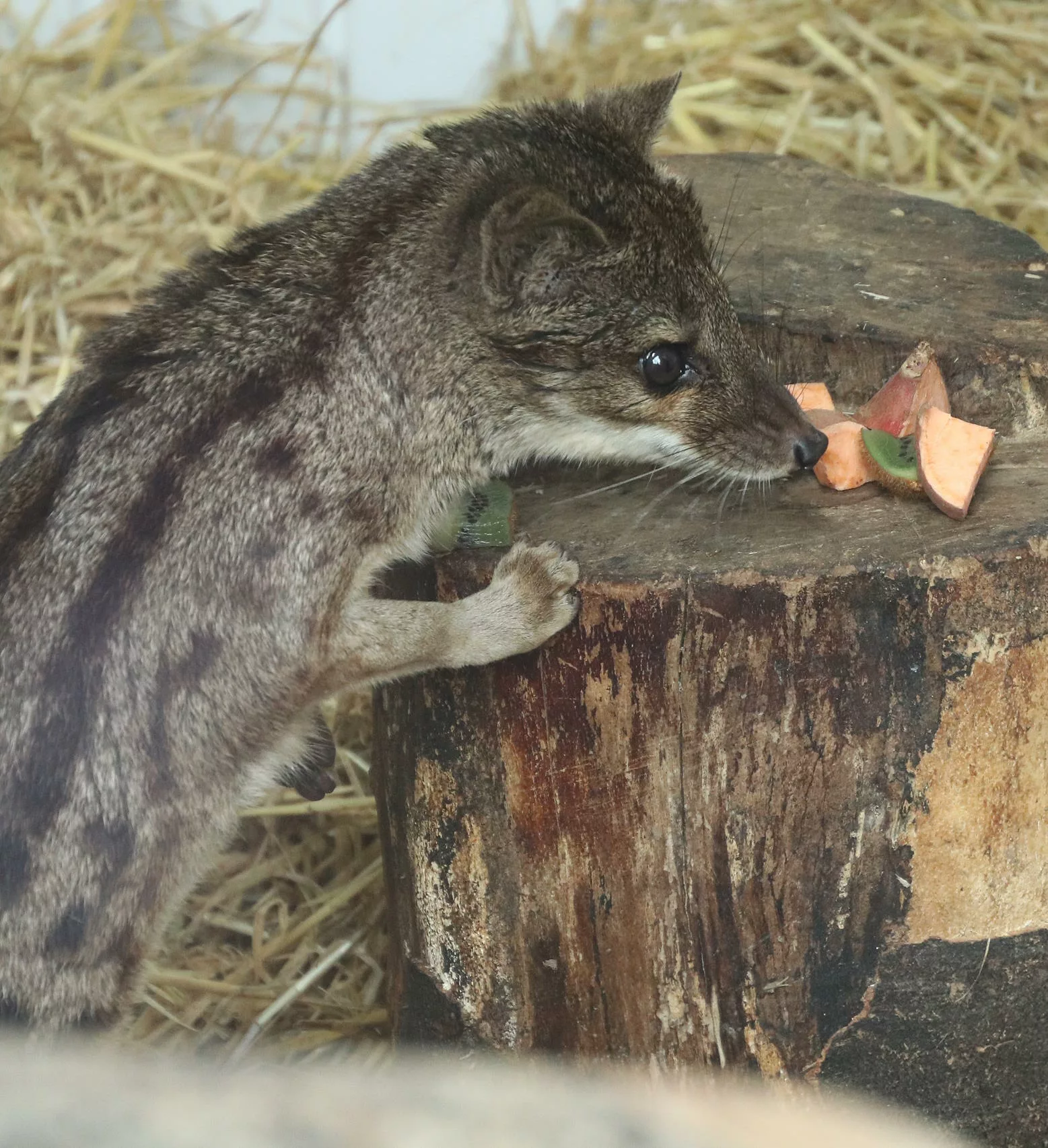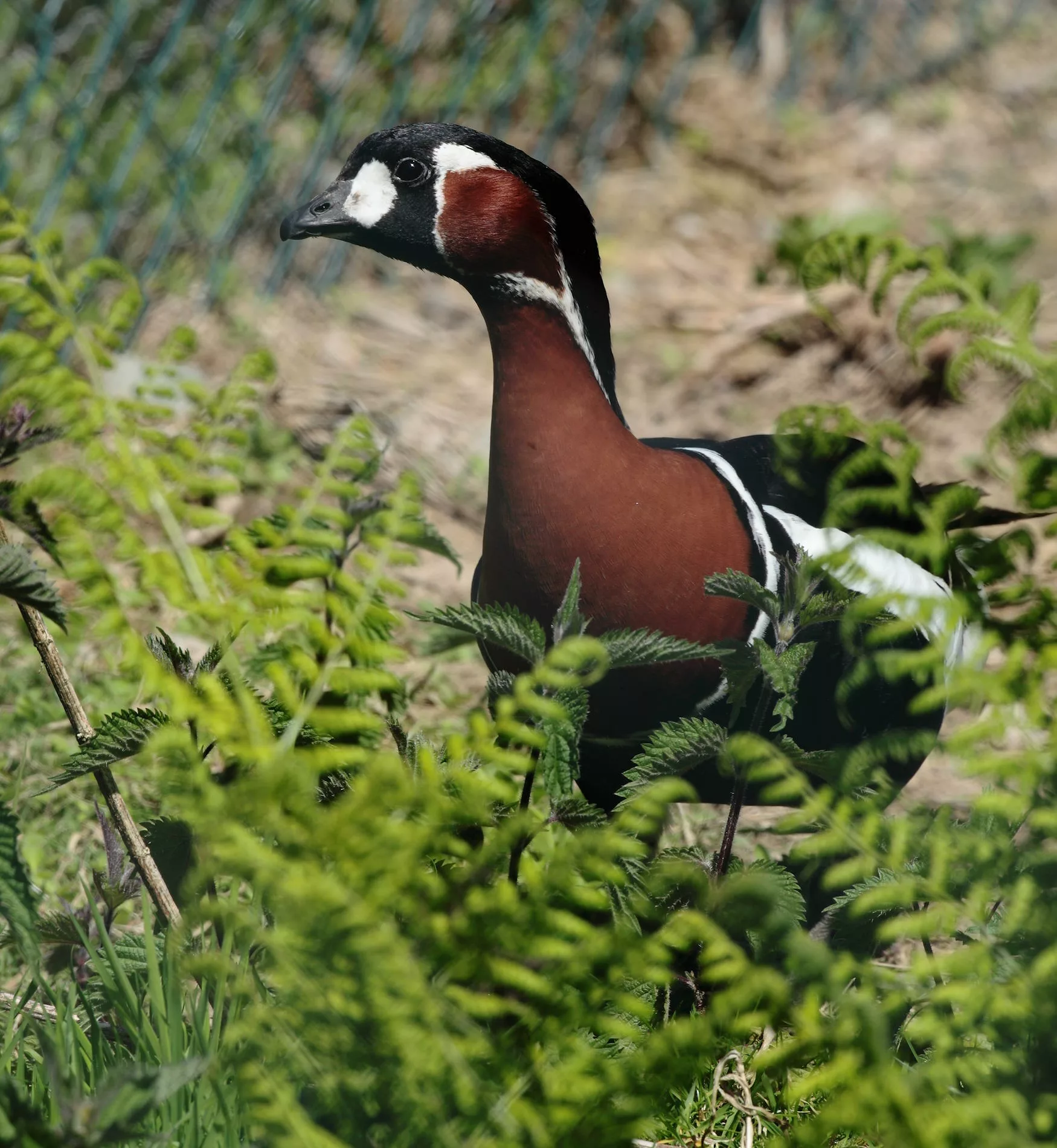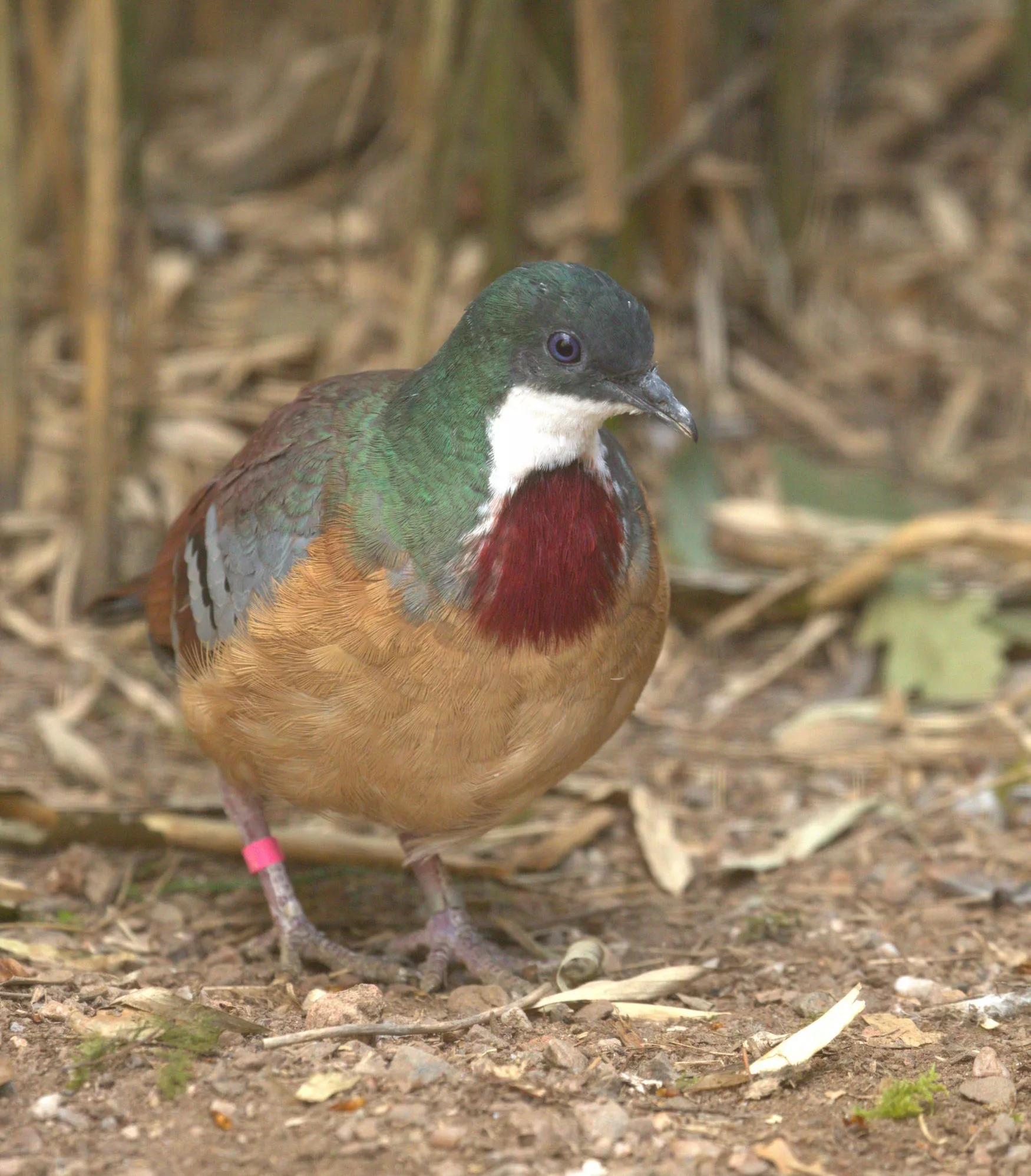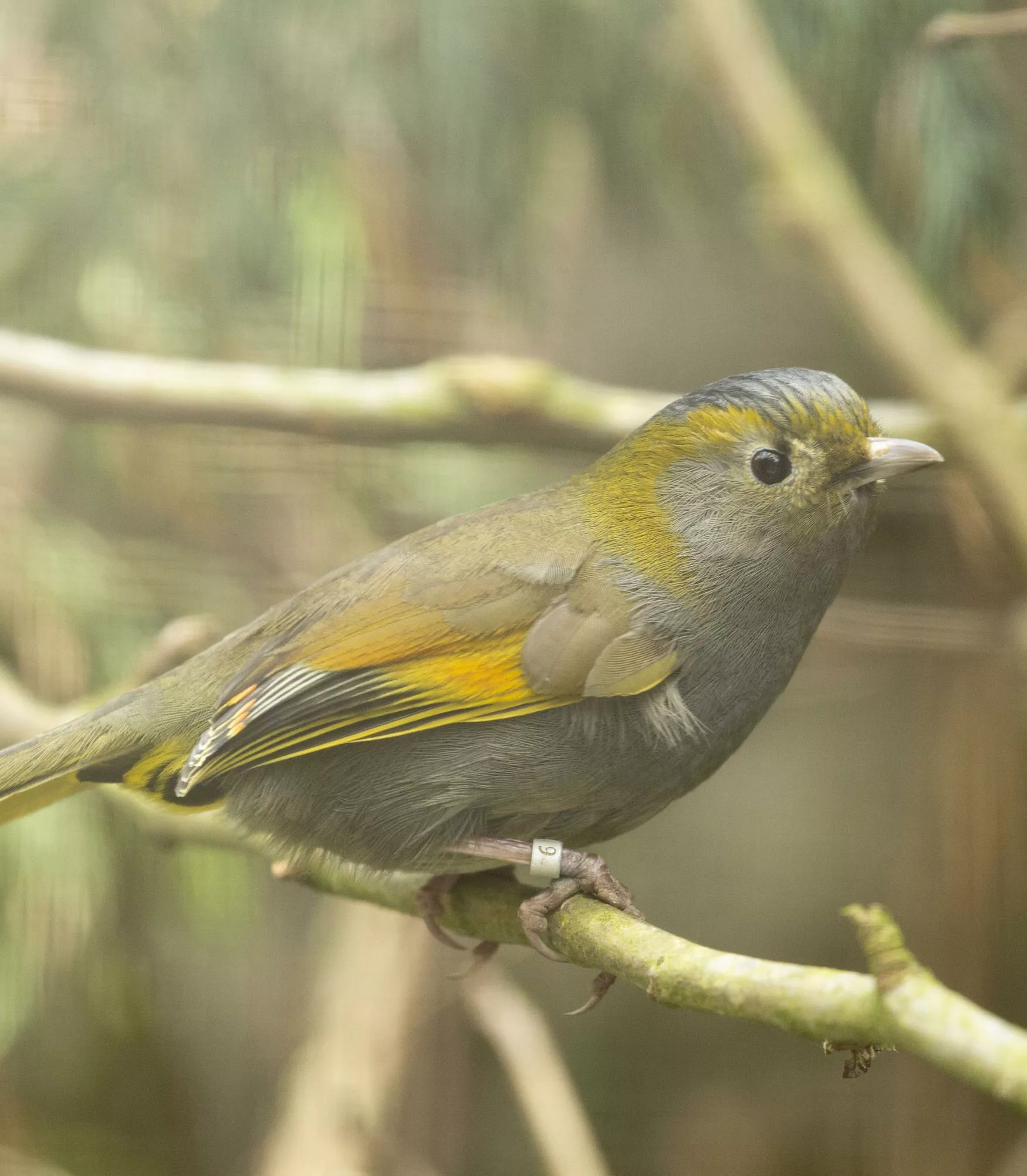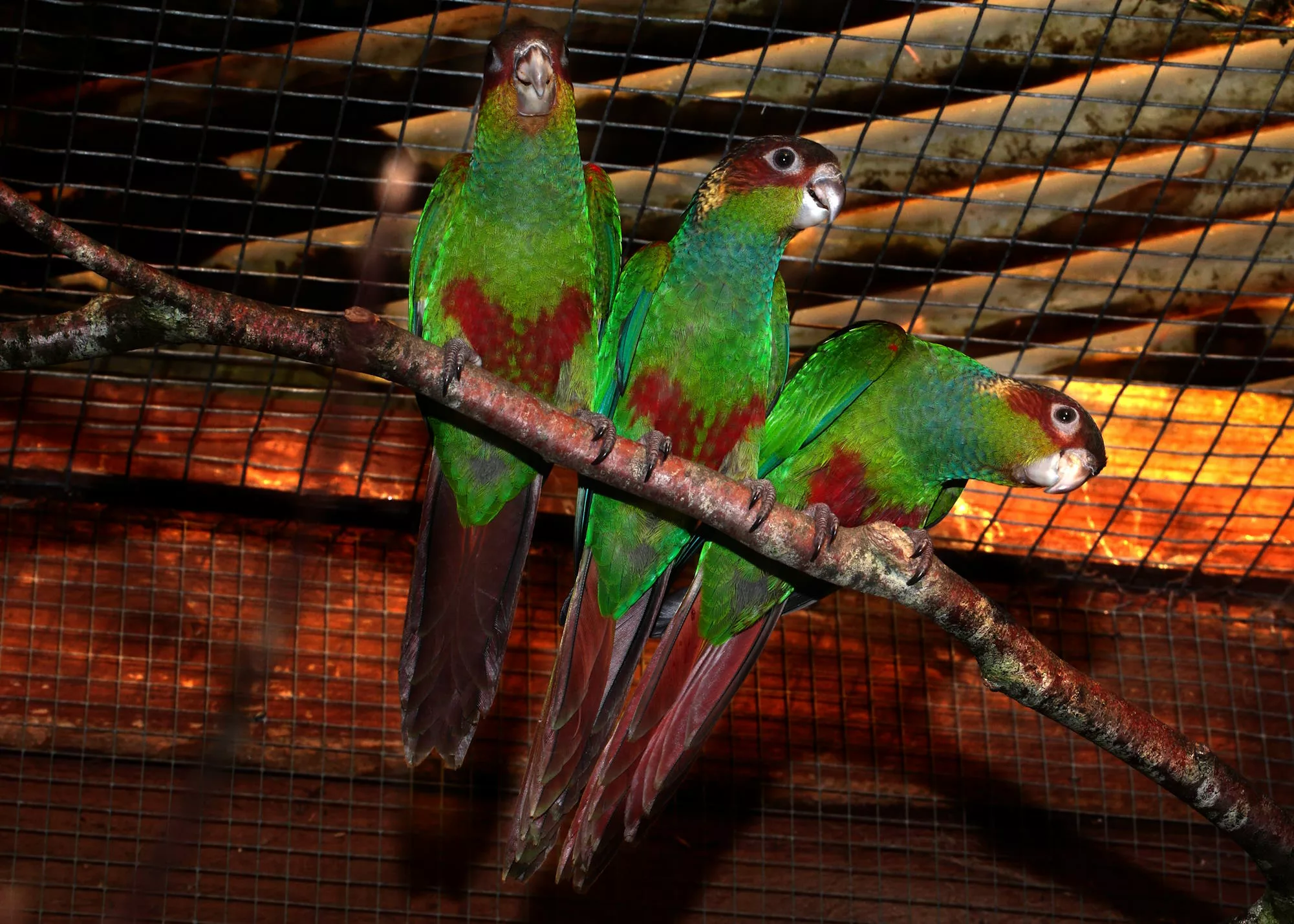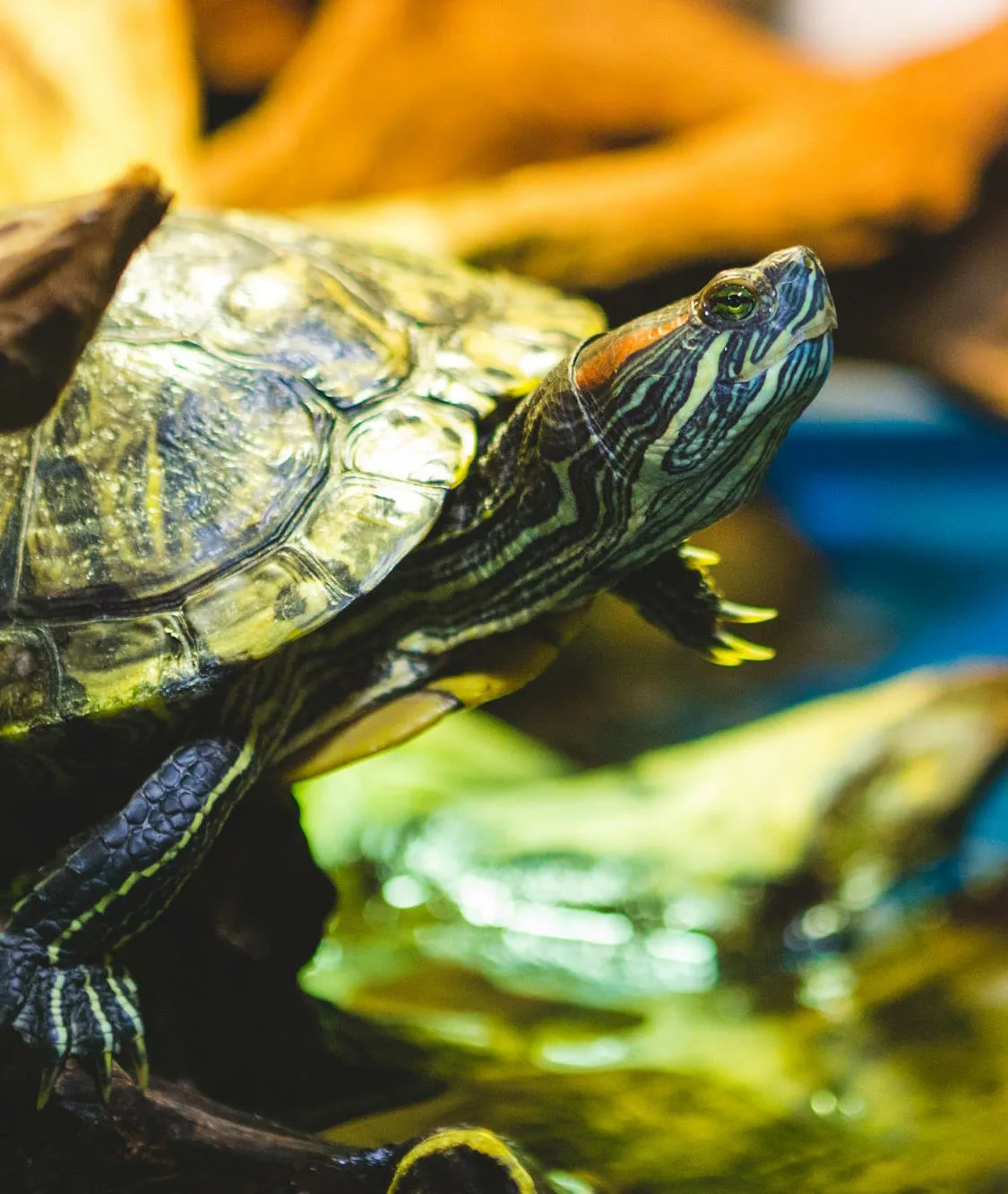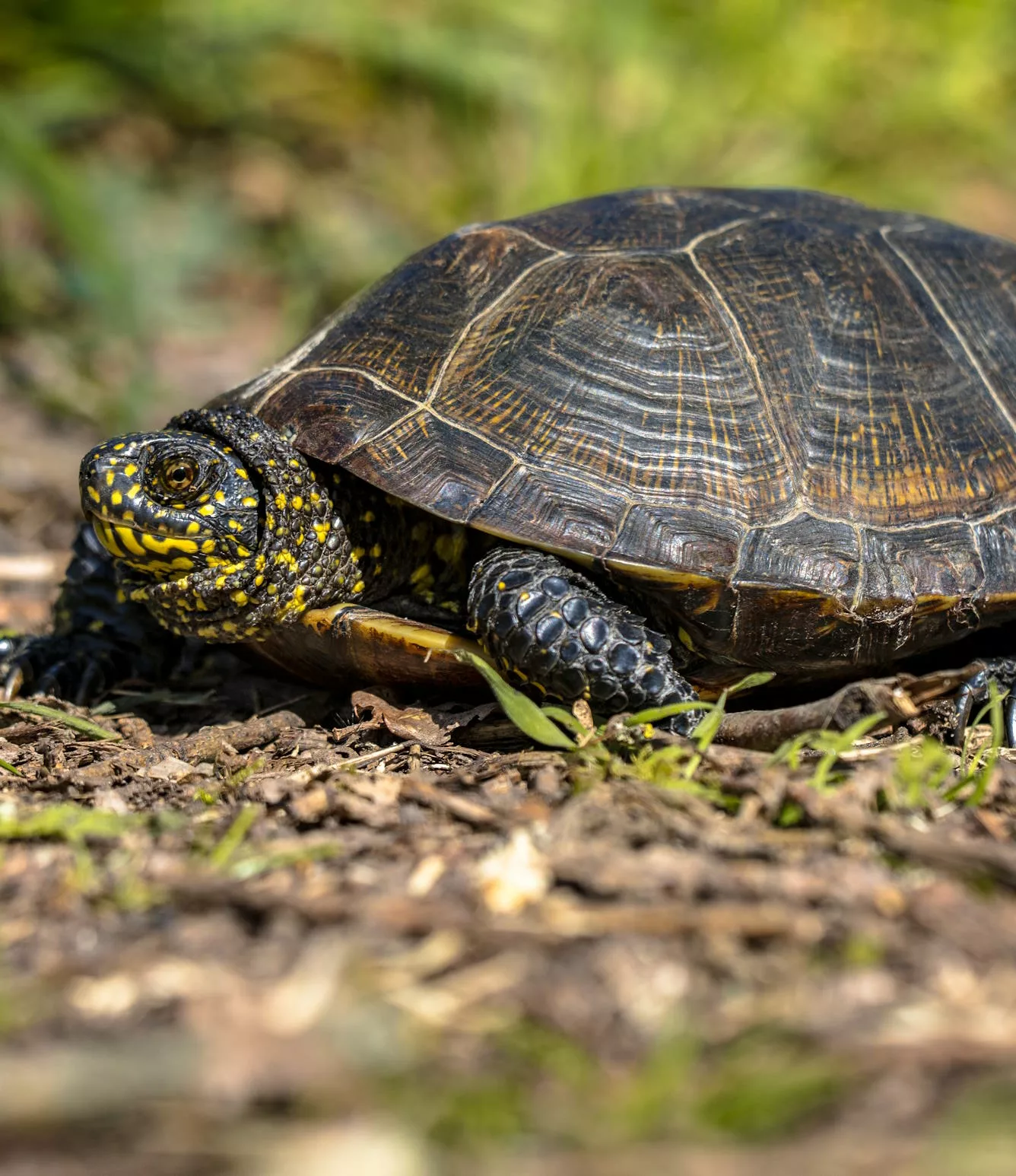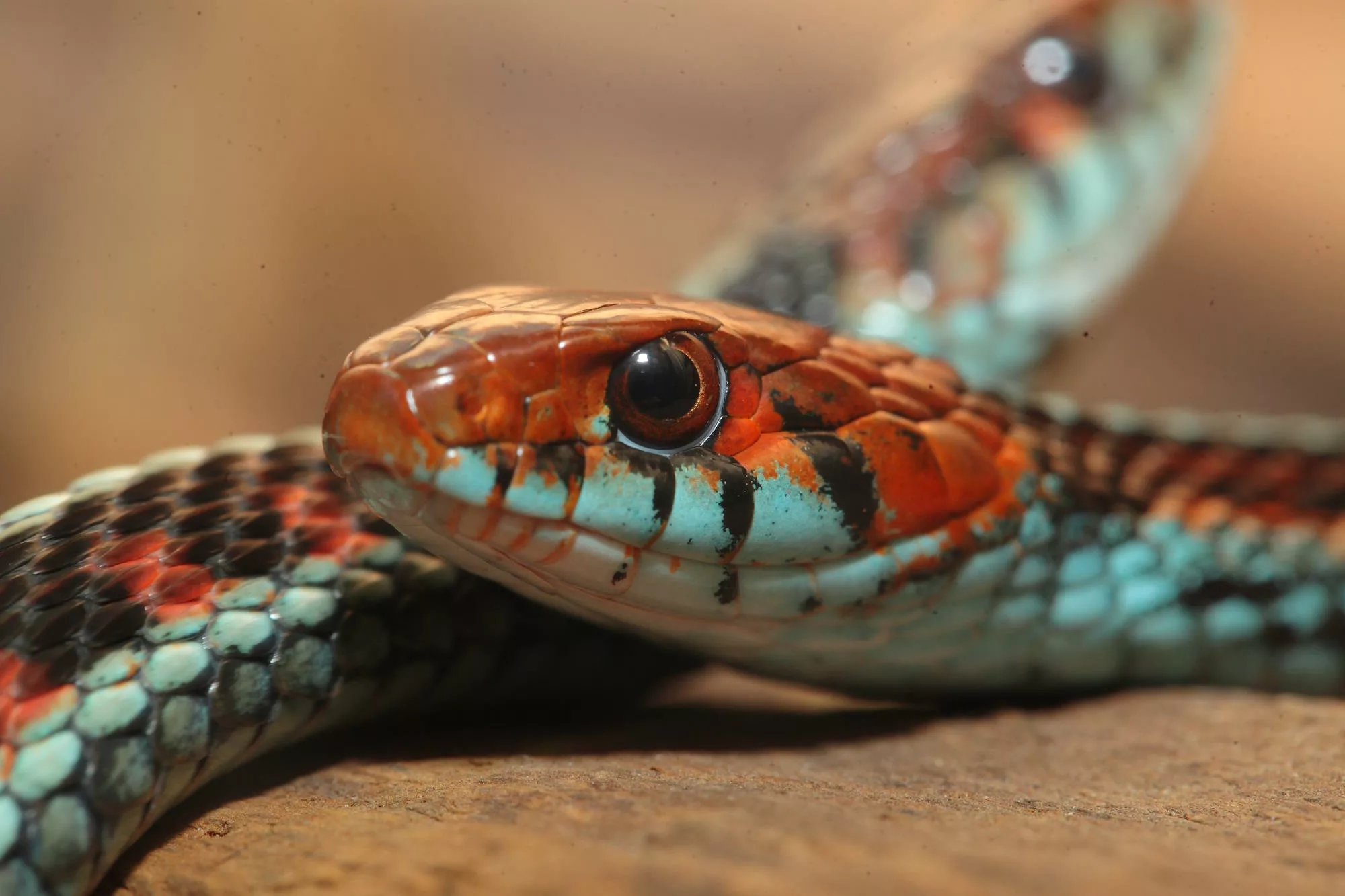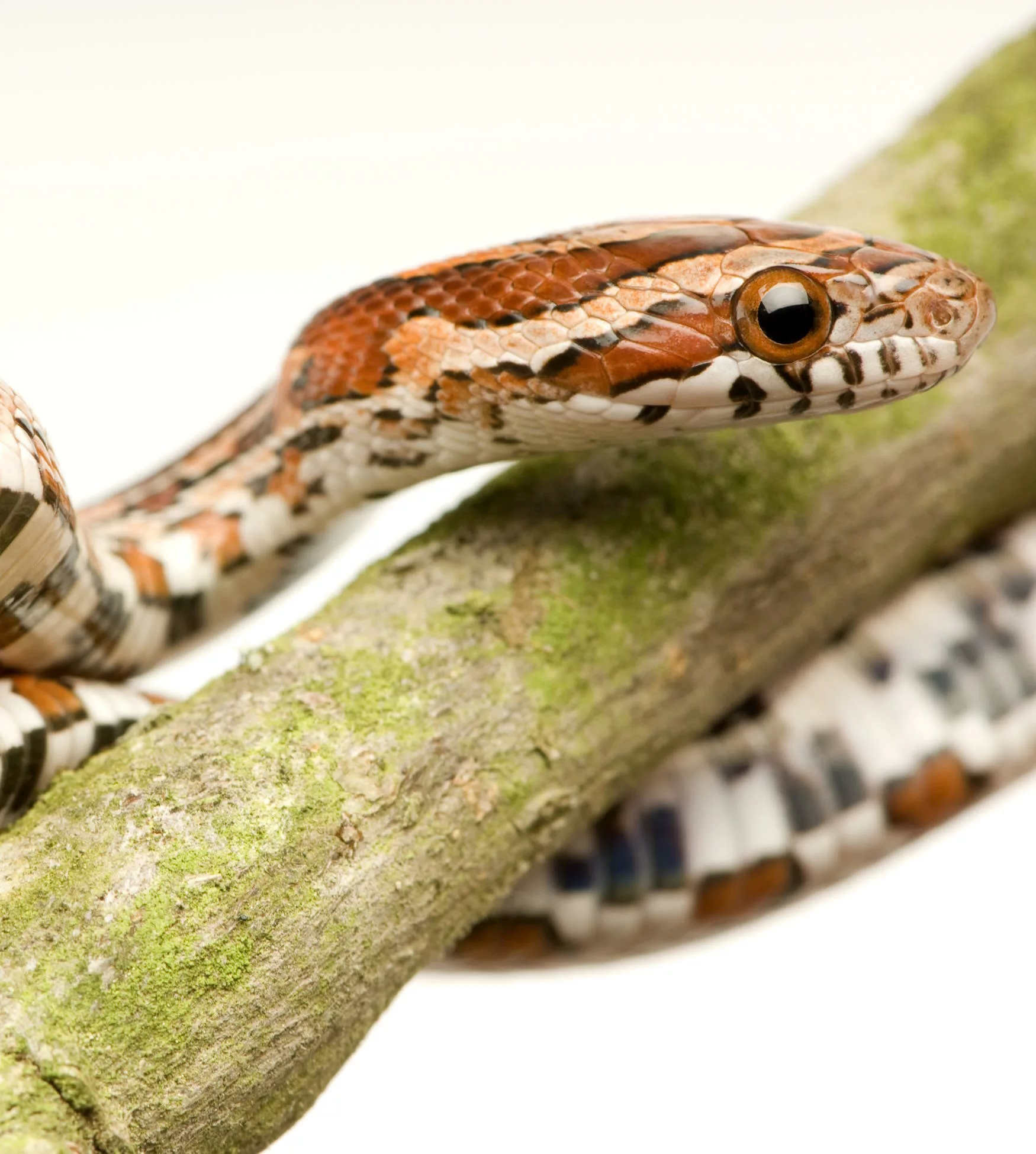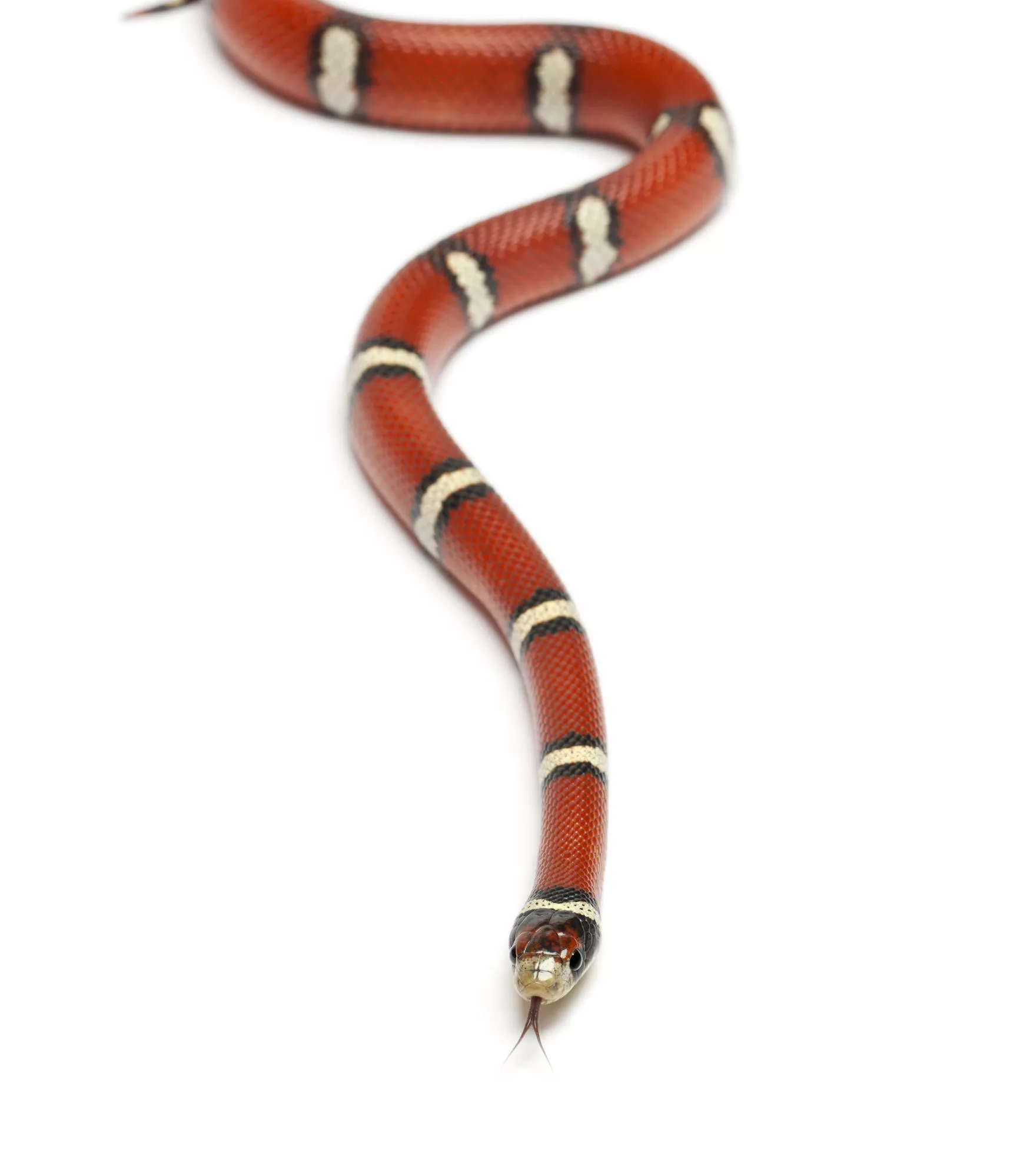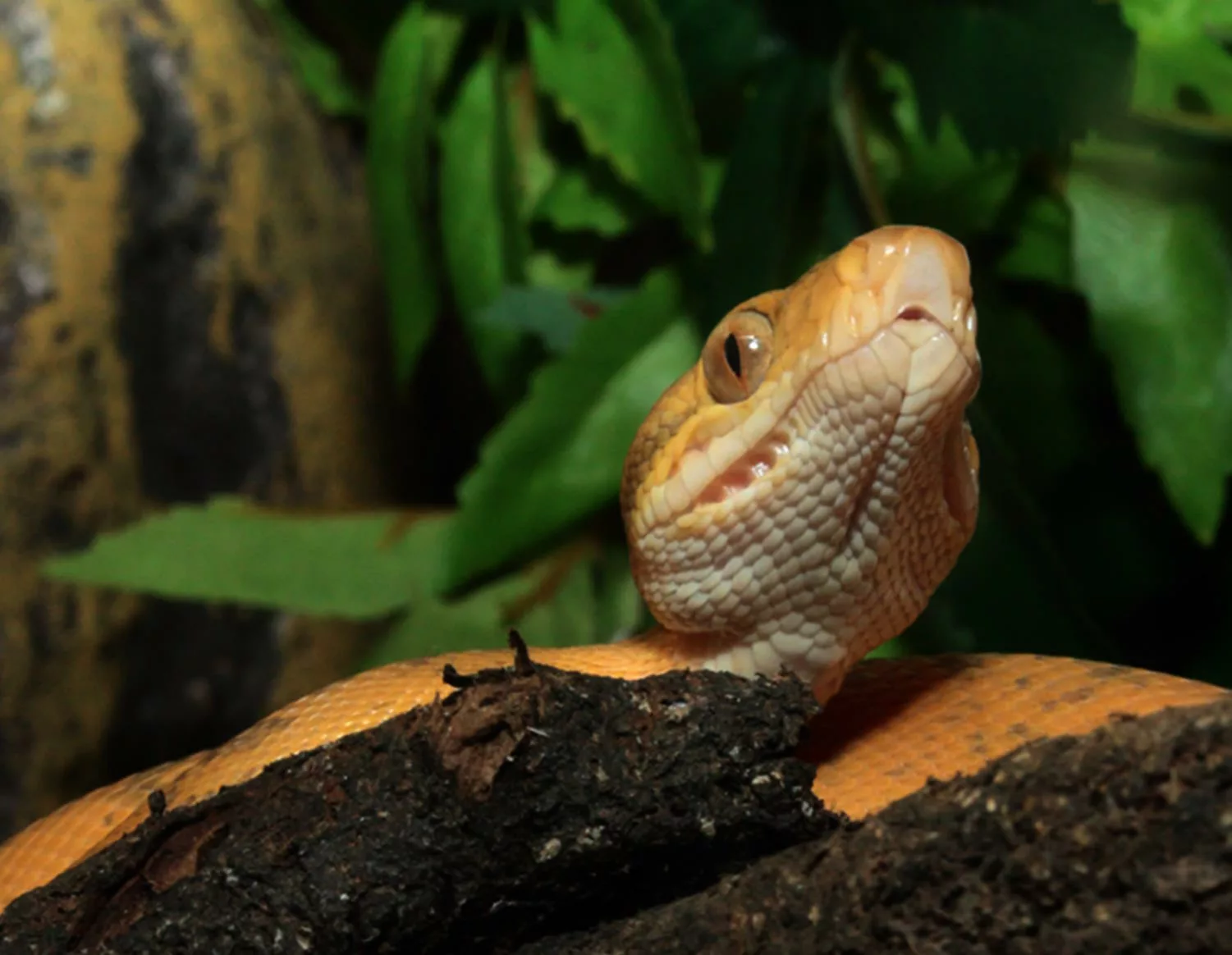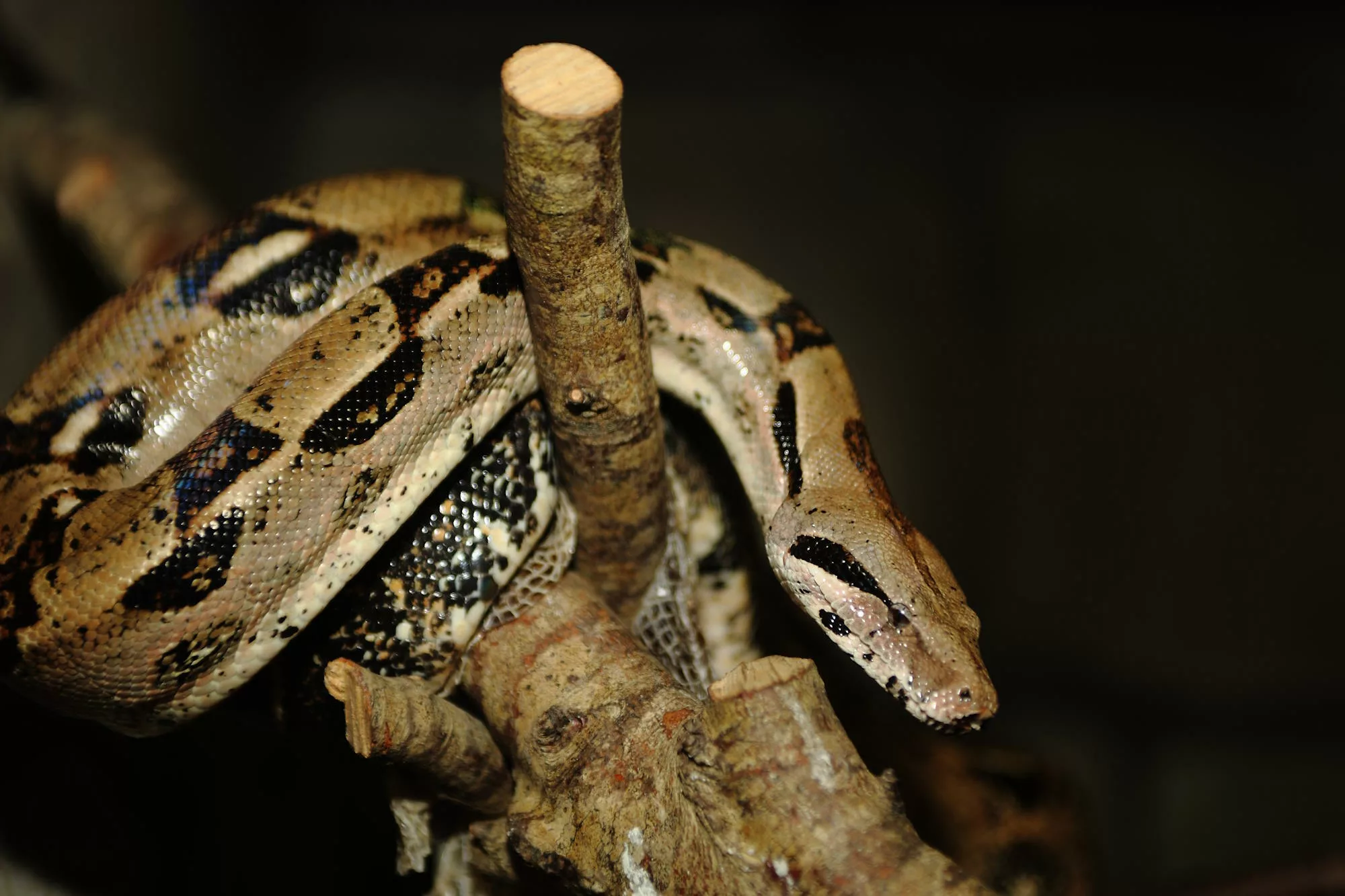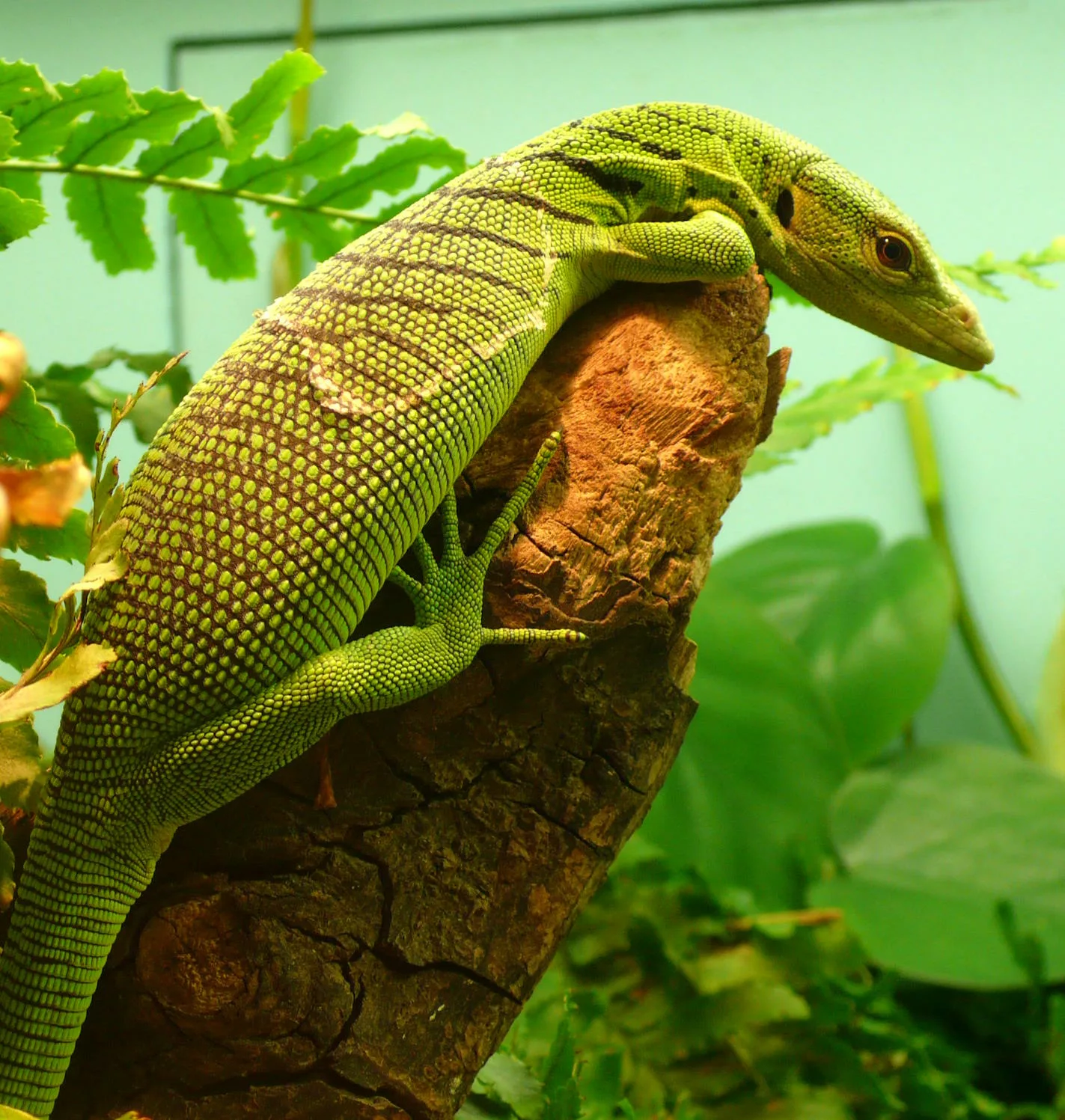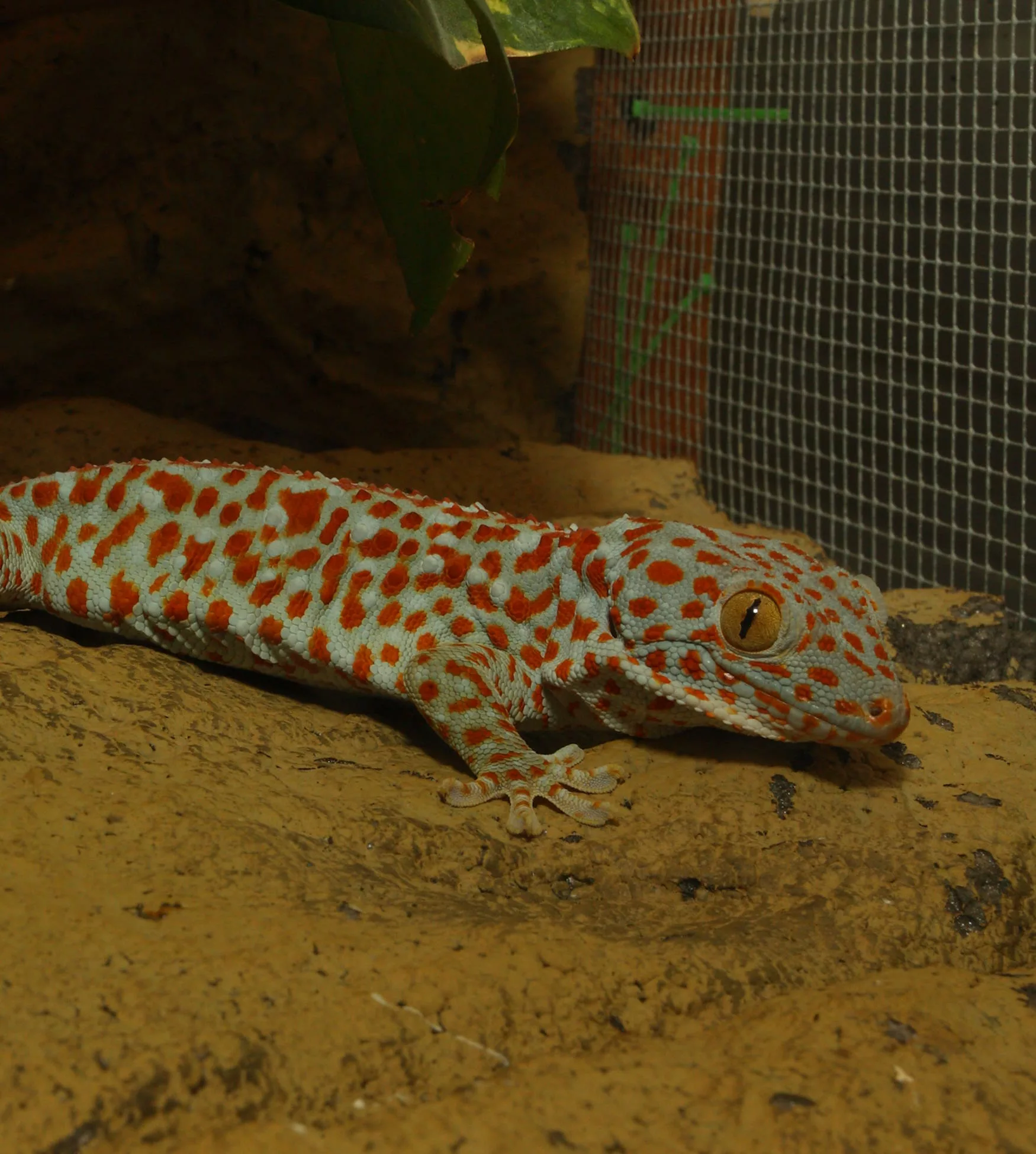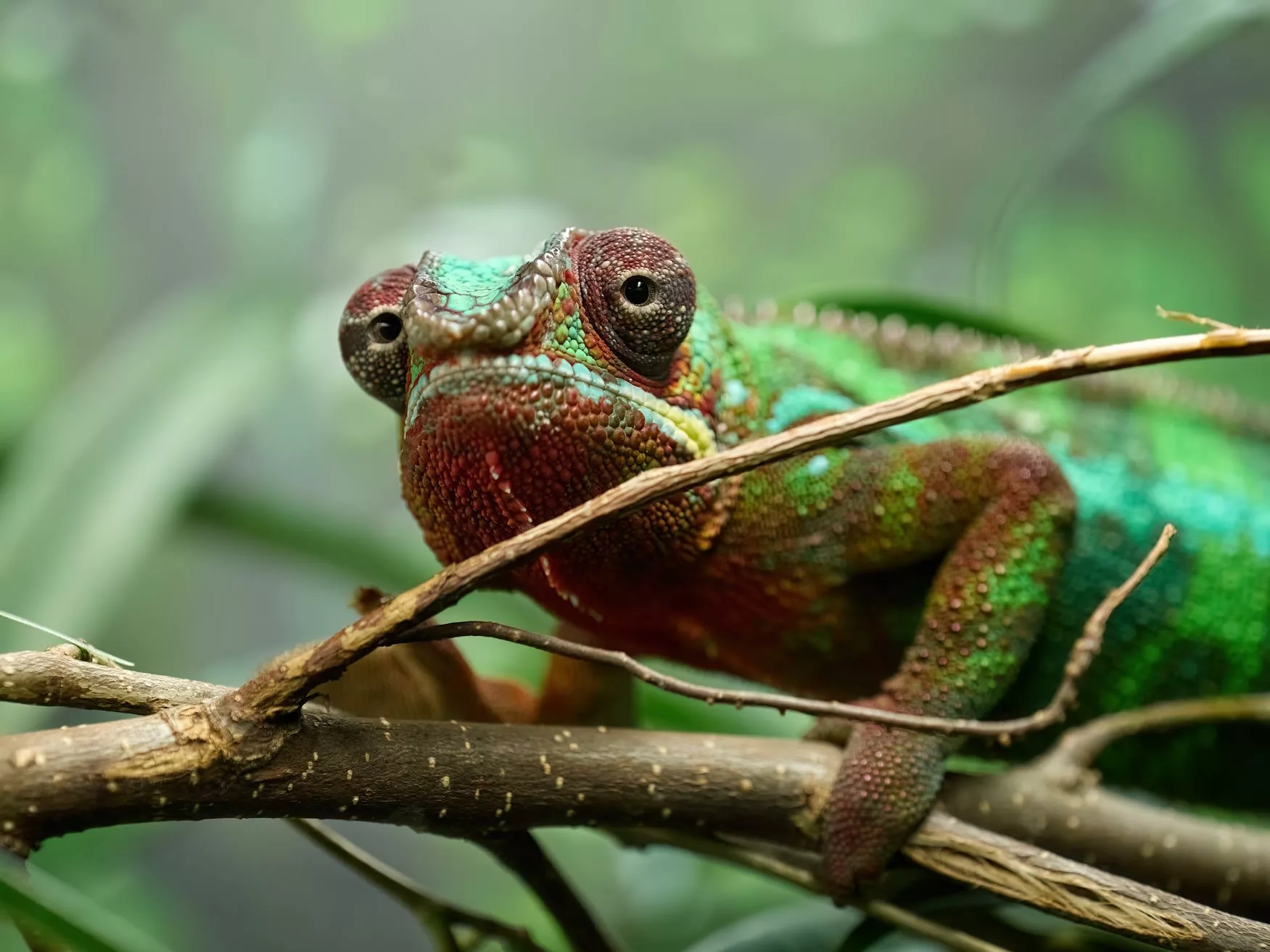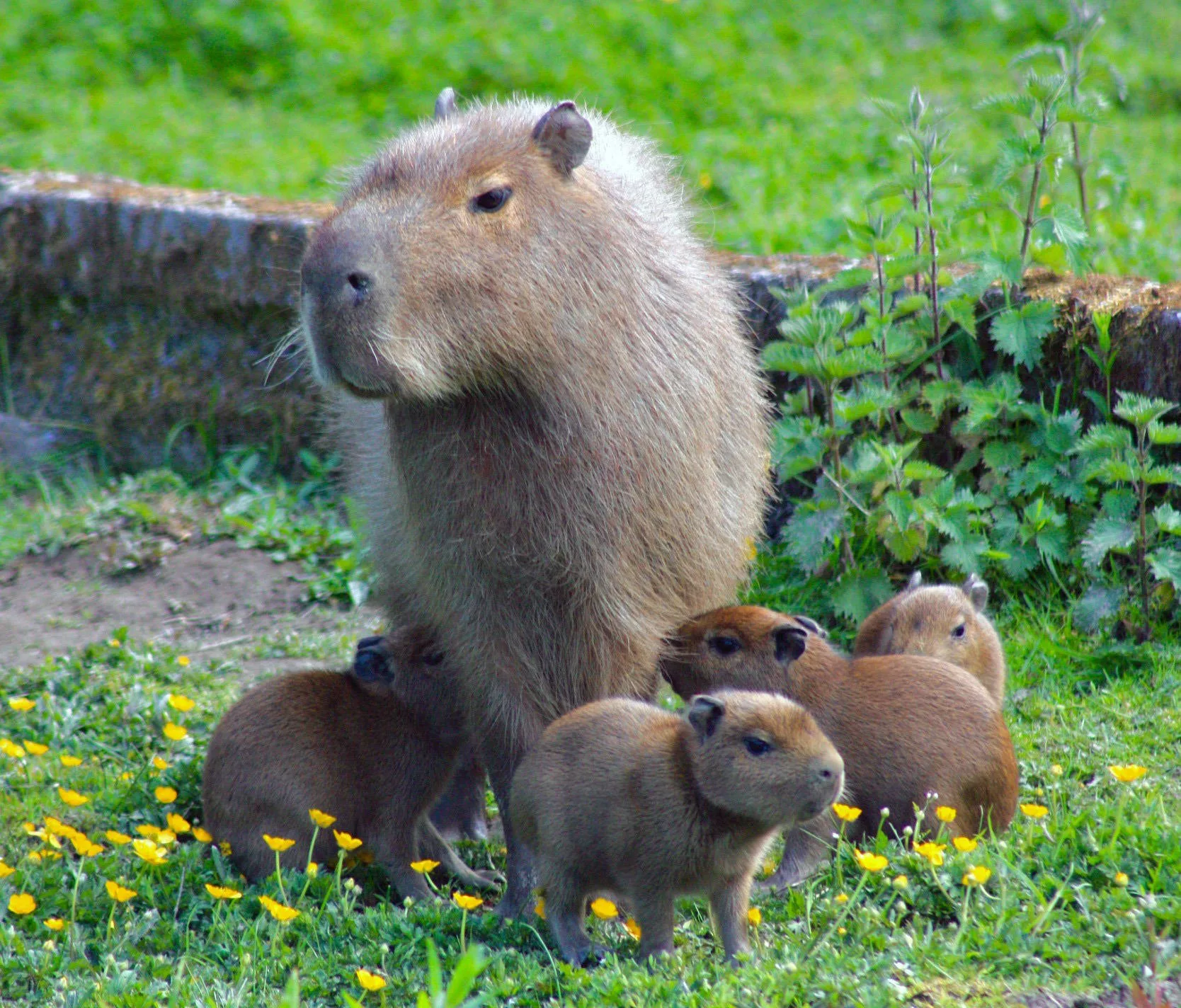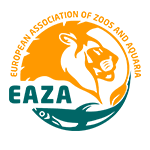
Brazilian guinea pig
Scientific name: Cavia aperea
IUCN listed as: Least Concern
Learn before you visit!
Here are some facts about the species – Discover what they eat, find out about their natural habitat, see what they like to do, and more… Set the reading style to suit you too, everyday speak or something aimed towards children.
Child-friendly
Everyday
Diet
Brazilian Guinea Pigs are herbivores, meaning they eat plant-based foods. In the wild, they forage for grasses, herbs, and occasionally fruits and vegetables. Captive guinea pigs are typically fed a diet of hay, fresh vegetables (like carrots and leafy greens), and pellets formulated specifically for their nutritional needs. They need a diet high in fibre to keep their teeth healthy and digest food properly.
Brazilian Guinea Pigs eat plants like grass, herbs, and sometimes fruits and veggies. Pet guinea pigs at home like eating hay, vegetables (like carrots and lettuce), and special food pellets. They need lots of fibre in their food to keep their teeth strong and their tummies happy.
Breeding
Female Brazilian Guinea Pigs have a gestation period of about 60-70 days before giving birth to litters of 1-4 pups. The pups are born with their eyes open and covered in fur, ready to explore their surroundings shortly after birth. Breeding in captivity requires suitable housing and a balanced diet to ensure the health of the mother and her offspring.
Mum guinea pigs are pregnant for about 2 months before having 1 to 4 babies. Babies are born with fur and their eyes open, ready to start exploring their home. Having babies needs a safe home and good food to keep everyone healthy.
Habitat
Brazilian Guinea Pigs are native to South America, particularly Brazil and neighbouring countries. They inhabit grassy areas, savannas, and forest edges where they can find plenty of vegetation to eat and places to hide from predators. These guinea pigs are social animals and often live in groups called herds, making burrows or using natural shelters for protection.
Brazilian Guinea Pigs live in South America, especially in Brazil. They like living in grassy areas and forests where they can find lots of plants to eat and places to hide. These guinea pigs live in groups called herds and make homes in burrows or under bushes to stay safe.
At the zoo
We utilise our guinea pigs for handling and close encounter sessions. Since guinea pigs are a popular pet choice, this allows us to engage with the younger visitors who come to the school and want to interact with animals.
We use our guinea pigs for handling and close encounter sessions. Because guinea pigs are a popular pet, this helps us connect with younger visitors who come to the school and want to meet and interact with animals.
Behaviour
Brazilian Guinea Pigs are social and communicate using a variety of vocalizations and body language. They are active during the day, spending much of their time foraging for food and grooming each other. When they feel threatened, they may freeze or flee to their burrows for safety. These small animals are curious by nature, often exploring their environment cautiously.
Brazilian Guinea Pigs like chatting with each other using noises and how they move. They’re busy during the day, looking for food and cleaning themselves. If they get scared, they might freeze or run quickly to their burrows. They’re curious animals who like exploring new things carefully.
Fun facts
- Herbivore Heroes: Brazilian Guinea Pigs only eat plants, like grass and veggies.
- Pup Power: Baby guinea pigs are born ready to see the world with their fur and eyes open.
- Group Gatherings: They like living in big groups called herds, making homes together.
- Social Speakers: These guinea pigs talk to each other with sounds and how they move.
- Curious Critters: They’re nosy and like finding new things to check out in their home
- Plant Eaters: Brazilian Guinea Pigs only eat plants, like grass and vegetables.
- Baby Show-offs: Baby guinea pigs are born with fur and open eyes, ready to explore.
- Friend Gang: They like living in big groups called herds, making homes and eating together.
- Talk Talk: These guinea pigs talk to each other with sounds and movements.
- Curious Explorers: They’re curious and like finding new things to check out in their homes.
More animals to discover at our zoo
Quick Links
Tickets & Prices
You can buy tickets for Exmoor Zoo securely online, as well as finding out more price options, discover offers, and more…
What’s on…
Exmoor Zoo hosts incredible Events all through the year. You can find out about what we’ve got in store here…
Routes & info
Like any great discovery, Exmoor Zoo can feel a little off the beaten path – but don’t worry – you can plan your journey with our recommended routes and other useful travel info.
